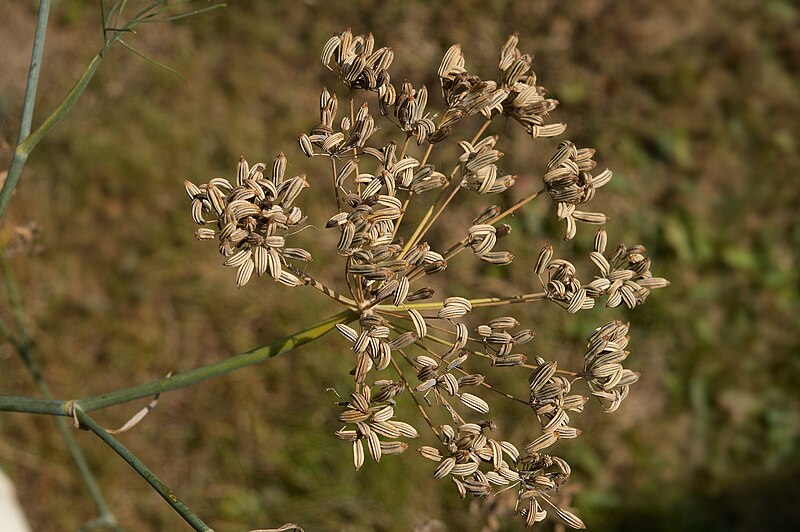Fennel Identification – Foeniculum vulgare
Heads up
Imagine a plant with feathery leaves, tiny yellow flowers, and an aroma that reminds you of a mix between licorice and anise. You’re thinking of Fennel. A plant that not only looks intriguing but also offers a variety of uses, from culinary to decorative.
Fennel: Key Parts in Photos




Where to find it
Fennel goes by the scientific name Foeniculum vulgare. It belongs to the Apiaceae family, which houses many other plants we’re familiar with, like carrots. Fennel is native to Southern Europe and the Mediterranean. However, due to its adaptability, it has managed to spread worldwide.
Fennel grow best in sunny locations, and their height can range between 4 to 6 feet, making them pretty noticeable. They’re mostly erect, standing tall with multiple stems jutting out, making them appear bushy and dense.
How to identify Fennel
Fennel’s leaves are feathery and compound. These leaves are aromatic and carry a golden yellow to green hue. Their unique needle-like segments make them look even more delicate. While the stem might not be aromatic like its leaves, it carries a fresh green color which supports the entire plant structure.
In the summer months, especially from June to August, Fennel boasts tiny yellow flowers. They’re arranged in what’s known as an umbel. Think of an umbrella with many spokes, where each spoke ends in a flower. That’s what Fennel’s flower cluster looks like. These flowers are edible and have a showy appeal. Bees, always on the hunt for nectar, are attracted to Fennel’s flowers. That’s not all; certain caterpillars munch on Fennel.
After its blooming season, Fennel develops aromatic seeds. These seeds are not just a treat for humans (they’re often used in cooking for their rich flavor) but also appear white to green and can be a food source for wildlife.

